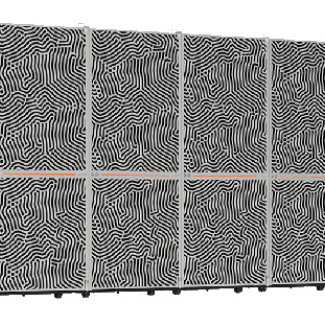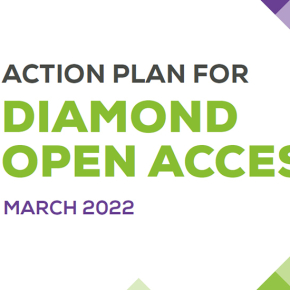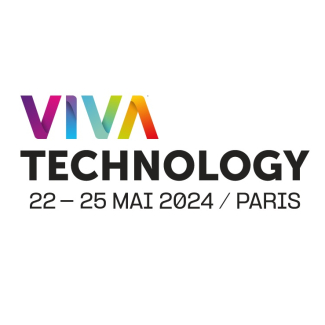
Open science: the CNRS supports the 'diamond' open access action plan
On March 2nd 2022 the French National Research Agency (ANR), Science Europe, the Operas research infrastructure and the 'S coalition'1 published their 'Action Plan for Diamond Open Access'2 . The CNRS was one of the first organisations to sign this plan promoting the 'diamond' publication model which enables researchers to disseminate their work in open access without paying publication fees and also to read articles free of charge. The economic model is based on academic subsidies.
The 'Action Plan for Diamond Open Access' was announced on February 4th and 5th 2022 at the Open Science European Conference (OSEC) in Paris. This event was organised in the framework of the French Presidency of the Council of the European Union1 . The CNRS has been recommending this approach for a long time as a way of diversifying open access publication channels.
For over 20 years, the CNRS has supported similar virtuous initiatives in favour of open access based on journal platforms and innovations in digital tools for certifying and disseminating scientific results. Among these, we can cite publication portals like OpenEdition for the Humanities and Social Sciences and the Centre Mersenne for Mathematics (recently extended to other disciplines); the EpiSciences platform which hosts innovative journals based on open archives; and the Peer Community In platform which publishes recommendations of pre-publications and articles based on reviewing by scientific communities. This last platform has been directly supported by the CNRS since last year.
These virtuous initiatives are led by scientific communities and supported by the CNRS working in partnership with other research organisations.
The CNRS directly contributes to supporting the transformation of traditional journals towards working with the 'diamond' model. One example of this is the 'Subscribe to Open' business model which consists of asking institutions to commit to renewing their subscriptions. When a threshold of subscriptions is reached, the journals then switch fully to the 'diamond' open access model. One notable example is the case of six mathematics journals from SMAI (the Society of Applied and Industrial Mathematics) that are published by EDP Sciences (French link).
The 'Scoap3' agreement in high-energy physics is supported by the CERN (the European Organization for Nuclear Research) and funded by several research institutions including the CNRS. 'Scoap3' has been in place for several years and enables all high-energy physics authors to read articles and publish their work free of charge worldwide.
The action plan published on March 2nd once again spotlights this virtuous publication model. This will make it possible to set up and provide open access publication channels that are not based on the payment of publication fees. Currently some open access platforms charge compulsory publication fees which generally cause cost and ethical issues. This is why the CNRS was pleased to support the 'diamond' action plan as soon as it was published as it is in line with the principles of its Roadmap for Open Science.
- 1For more information: https://www.cnrs.fr/fr/cnrsinfo/osec-2022-la-science-ouverte-lheure-europeenne


